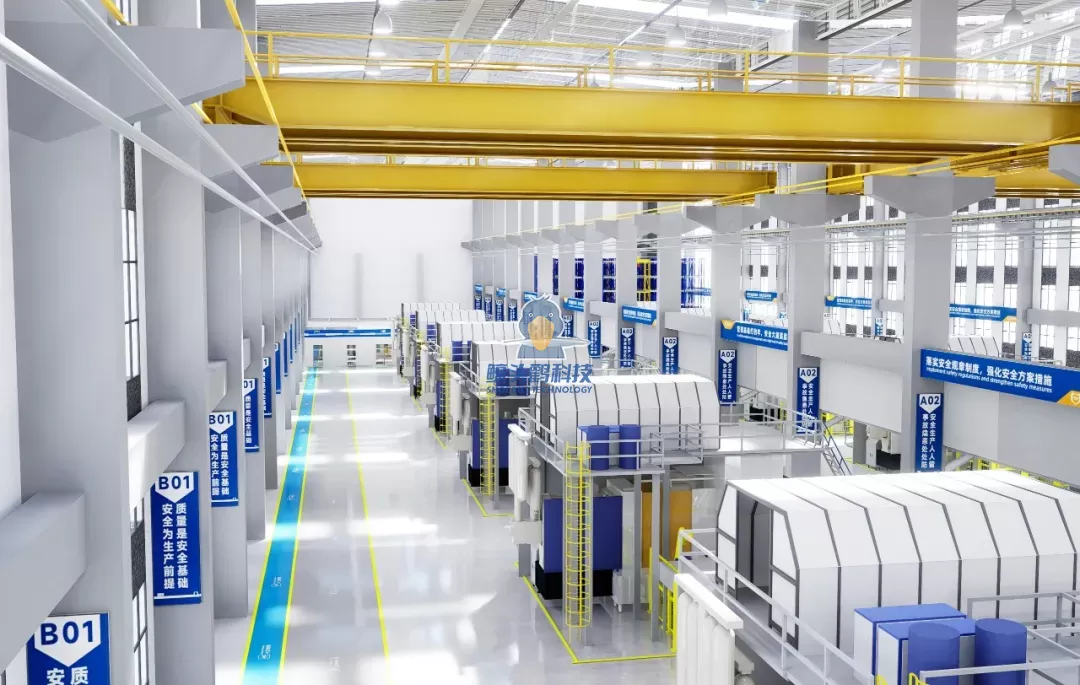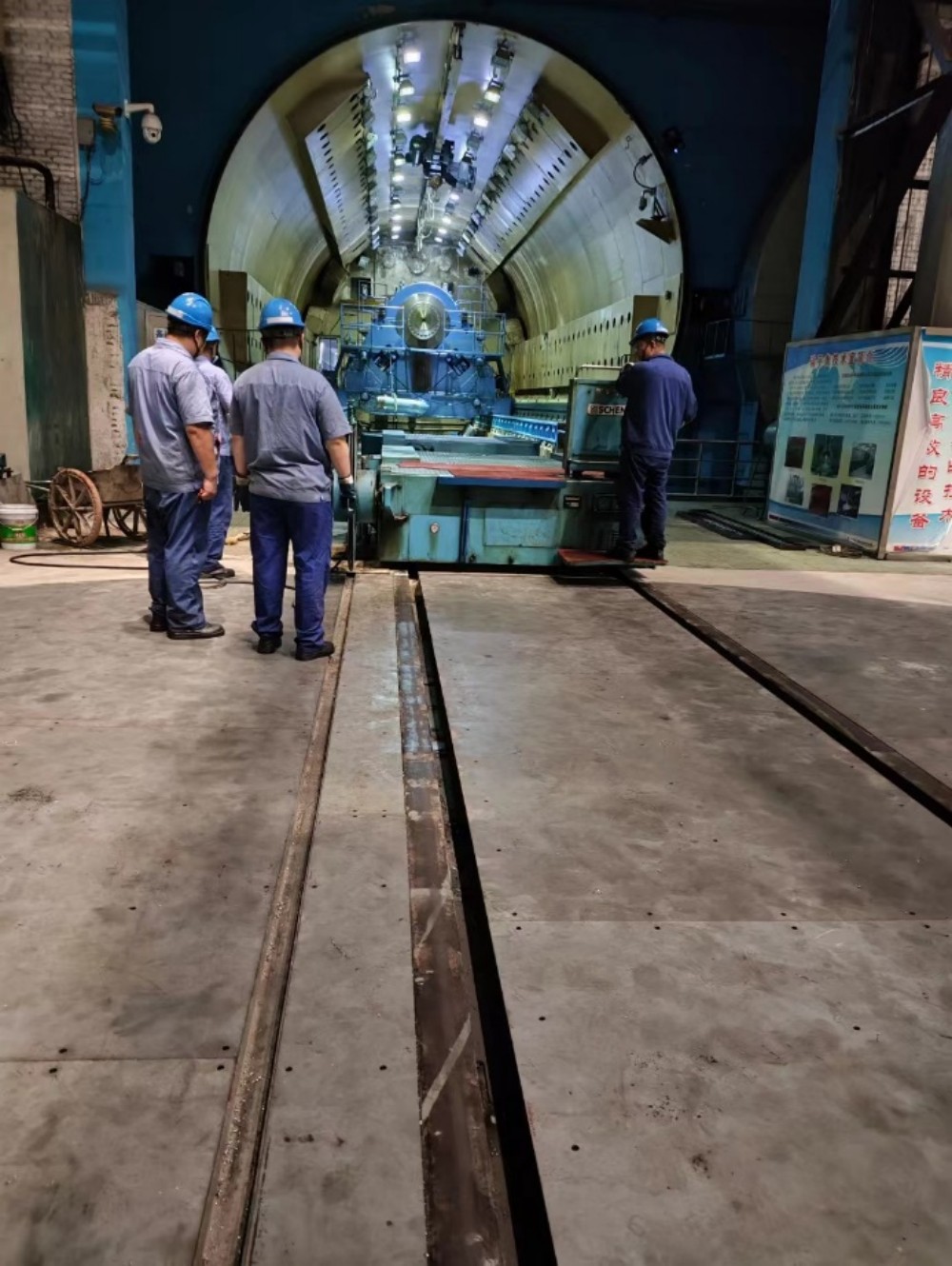In our increasingly interconnected world, the movement of people and goods is essential for economic growth, cultural exchange, and social interaction. As we delve into the question, Which is the most common form of transport? we must consider various factors, including geography, infrastructure, and societal needs. This article aims to provide a comprehensive analysis of the predominant modes of transport globally, examining their advantages, limitations, and future trends.
- The Dominance of Road Transport
When discussing the most common form of transport, road transport often emerges as the frontrunner. According to the International Transport Forum, over 80% of passenger travel and more than 70% of freight transport occurs on roads. This prevalence can be attributed to several factors:
- Accessibility: Roads connect urban and rural areas, making them accessible to a vast majority of the population. In many regions, especially in developing countries, road networks are often the only viable means of transport.
- Flexibility: Road transport offers unparalleled flexibility. Vehicles can operate on a wide range of routes and schedules, accommodating the diverse needs of passengers and freight.
- Cost-Effectiveness: For short to medium distances, road transport is often the most economical option. The ability to transport goods directly from origin to destination without the need for transshipment reduces costs significantly.
However, road transport is not without its challenges. Traffic congestion, environmental concerns, and safety issues are significant drawbacks that necessitate a reevaluation of our reliance on this mode of transport.
- The Rise of Rail Transport
Rail transport, while less dominant than road transport, plays a crucial role in the movement of goods and passengers, particularly in densely populated regions. The advantages of rail transport include:
- Efficiency: Trains can carry large volumes of freight over long distances with lower energy consumption compared to road transport. This efficiency is particularly evident in countries like China and India, where extensive rail networks facilitate the movement of goods across vast territories.
- Environmental Benefits: Rail transport is generally more environmentally friendly than road transport. Trains emit significantly less greenhouse gas per ton-mile, making them a more sustainable option for freight transport.
- Safety: Statistically, rail transport is safer than road transport. The likelihood of accidents is lower, and the infrastructure is designed to minimize risks.
Despite these advantages, rail transport faces challenges such as high initial infrastructure costs and limited flexibility compared to road transport.
- Air Transport: The Fastest Mode
Air transport is the fastest mode of transport, primarily used for long-distance travel and the rapid movement of high-value goods. Its significance is underscored by the following points:
- Speed: Air travel drastically reduces travel time, making it the preferred choice for international business and tourism. The ability to traverse continents in a matter of hours has transformed global connectivity.
- Global Reach: Airports are strategically located worldwide, allowing for extensive international travel and trade. This global network facilitates economic relationships and cultural exchanges.
However, air transport is also associated with high costs, significant environmental impact, and logistical complexities, particularly concerning cargo handling and airport infrastructure.
- Maritime Transport: The Backbone of Global Trade
Maritime transport is the most efficient mode for moving large quantities of goods over long distances. It accounts for approximately 90% of global trade by volume. Key advantages include:
- Cost Efficiency: Shipping goods by sea is often cheaper than other modes of transport, especially for bulk commodities. The economies of scale achieved through containerization have revolutionized maritime logistics.
- Capacity: Ships can carry vast amounts of cargo, making them ideal for international trade. This capacity is crucial for industries reliant on raw materials and finished products.
Despite its advantages, maritime transport is slower than other modes and is subject to delays due to weather conditions and port congestion.
- The Future of Transport: Trends and Innovations
As we look to the future, several trends are shaping the landscape of transport:
- Sustainability: There is a growing emphasis on reducing the environmental impact of transport. Innovations such as electric vehicles, hydrogen fuel cells, and improved public transport systems are gaining traction.
- Technology Integration: The rise of smart transport systems, including autonomous vehicles and real-time tracking, is enhancing efficiency and safety across all modes of transport.
- Multimodal Transport Solutions: The integration of various transport modes is becoming increasingly important. Logistics companies are adopting multimodal strategies to optimize routes and reduce costs.
Conclusion
In conclusion, while road transport remains the most common form of transport globally, each mode—rail, air, and maritime—plays a vital role in the intricate web of global mobility. Understanding the strengths and weaknesses of these transport modes is essential for policymakers, businesses, and individuals alike as we navigate the challenges and opportunities of the future. As we move forward, embracing innovation and sustainability will be crucial in shaping a more efficient and environmentally friendly transport landscape.





